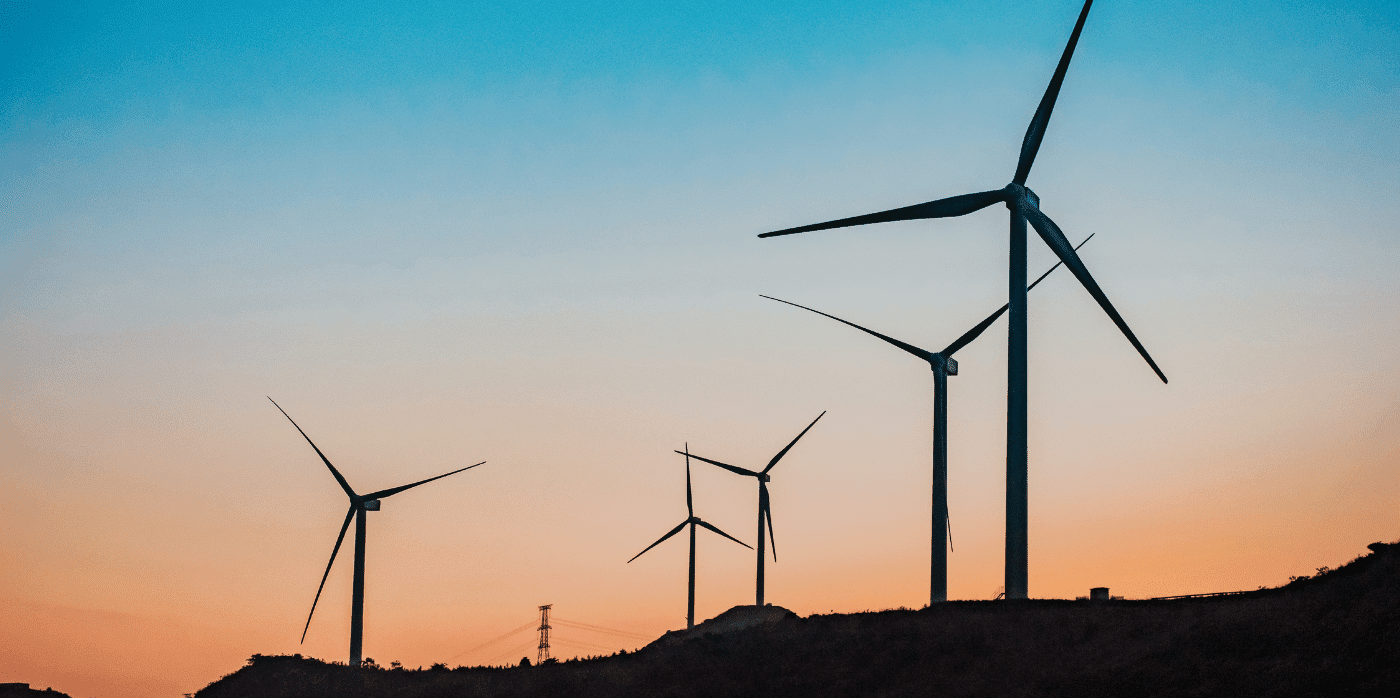Eliminating the reliance of wind turbines on rare earths

Spotted: Rotating electrical contactors are integral components of many devices, including utility-scale direct-drive wind turbines. These magnets help to transmit electrical current along an ultra-low-resistance path, but they can be expensive to produce. In order to reduce the cost of these magnets, researchers at Sandia National Laboratories have developed a new type of rotary electrical contactor called Twistact.
Twistact uses a pure-rolling-contact device to transmit electrical current, which eliminates the need for rare-earth magnets. The technology has been proven to be beneficial in lowering costs, improving sustainability, and reducing maintenance. With the help of this new technology, wind turbines can become more affordable and more efficient.
Twistact is also designed to address two physical degradation processes that are common in certain types of wind turbine component. These processes, known as sliding contact and electrical arcing, can reduce performance and lead to short operating lifetimes. The Twistact system, by contrast, has been proven capable of operating over the full 30-year service time of a multi-megawatt turbine without maintenance.
Twistact is still in the early stages of development, but Sandia is already exploring opportunities to partner with generator manufacturers and others in the renewable energy industry to assist with the development of next-generation direct-drive wind turbines. The potential applications for Twistact are not limited to wind turbines, however. Sandia is also open to partnering for applications such as electric vehicles or doubly-fed induction generators. With its unique capabilities, Twistact has the potential to make a significant impact in a number of industries.
As the world continues to transition to more sustainable forms of energy, Springwise has spotted numerous innovations in wind generation. For example, one company has developed floating vertical axis wind turbines while researchers are looking at how wind turbine bioplastic can be recycled into gummy bears.
Written By: Katrina Lane

